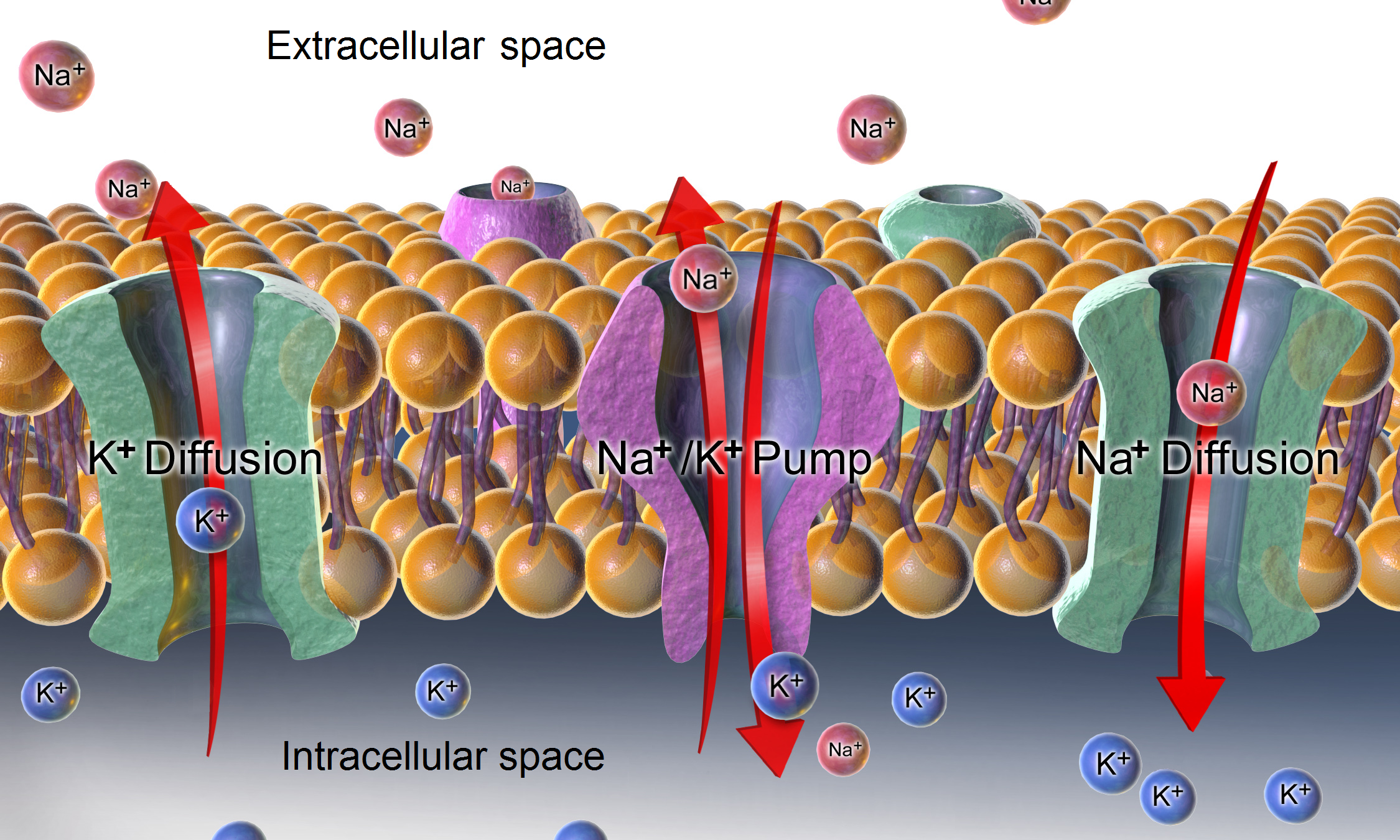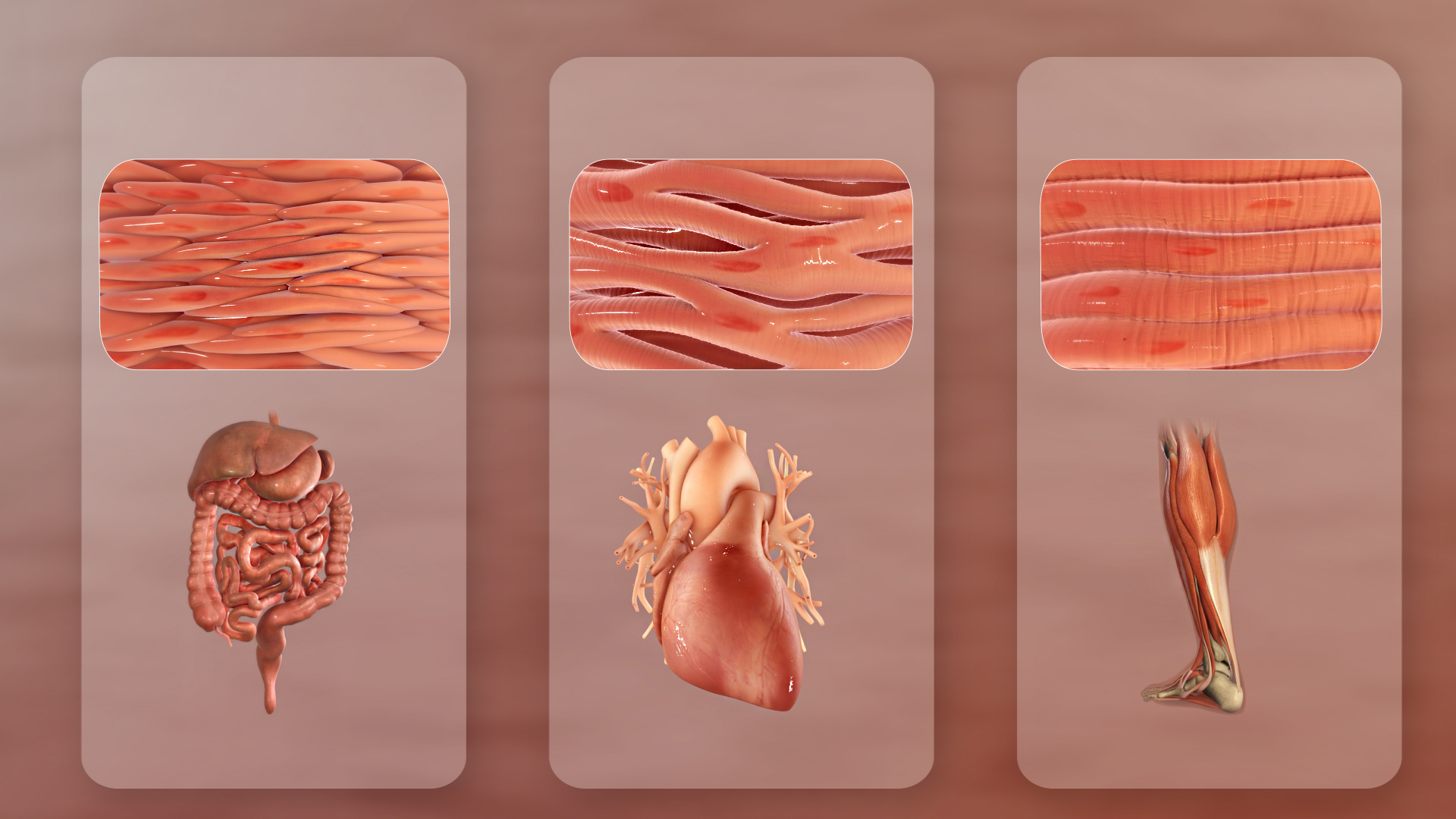|
Julius Bernstein
Julius Bernstein (18 December 1839 – 6 February 1917) was a German physiologist born in Berlin. His father was Aron Bernstein (1812—1884), a founder of the Reform Judaism Congregation in Berlin 1845; his son was the mathematician Felix Bernstein (1878—1956). Academic career He studied medicine at the University of Breslau under Rudolf Heidenhain (1834-1897), and at the University of Berlin with Emil Du Bois-Reymond (1818-1896). He received his medical degree at Berlin in 1862, and two years later began work in the physiological institute at the University of Heidelberg as an assistant to Hermann von Helmholtz (1821-1894). In 1872 he succeeded Friedrich Goltz (1834-1902) as professor of physiology at the University of Halle, where in 1881 he founded an institute of physiology.Short biog ... [...More Info...] [...Related Items...] OR: [Wikipedia] [Google] [Baidu] |
Resting Potential
A relatively static membrane potential which is usually referred to as the ground value for trans-membrane voltage. The relatively static membrane potential of quiescent cells is called the resting membrane potential (or resting voltage), as opposed to the specific dynamic electrochemical phenomena called action potential and graded membrane potential. Apart from the latter two, which occur in excitable cells (neurons, muscles, and some secretory cells in glands), membrane voltage in the majority of non-excitable cells can also undergo changes in response to environmental or intracellular stimuli. The resting potential exists due to the differences in membrane permeabilities for potassium, sodium, calcium, and chloride ions, which in turn result from functional activity of various ion channels, ion transporters, and exchangers. Conventionally, resting membrane potential can be defined as a relatively stable, ground value of transmembrane voltage in animal and plant cells. Beca ... [...More Info...] [...Related Items...] OR: [Wikipedia] [Google] [Baidu] |
Scientists From Berlin
A scientist is a person who conducts scientific research to advance knowledge in an area of the natural sciences. In classical antiquity, there was no real ancient analog of a modern scientist. Instead, philosophers engaged in the philosophical study of nature called natural philosophy, a precursor of natural science. Though Thales (circa 624-545 BC) was arguably the first scientist for describing how cosmic events may be seen as natural, not necessarily caused by gods,Frank N. Magill''The Ancient World: Dictionary of World Biography'', Volume 1 Routledge, 2003 it was not until the 19th century that the term ''scientist'' came into regular use after it was coined by the theologian, philosopher, and historian of science William Whewell in 1833. In modern times, many scientists have advanced degrees in an area of science and pursue careers in various sectors of the economy such as academia, industry, government, and nonprofit environments.'''' History The roles ... [...More Info...] [...Related Items...] OR: [Wikipedia] [Google] [Baidu] |
1917 Deaths
Events Below, the events of World War I have the "WWI" prefix. January * January 9 – WWI – Battle of Rafa: The last substantial Ottoman Army garrison on the Sinai Peninsula is captured by the Egyptian Expeditionary Force's Desert Column. * January 10 – Imperial Trans-Antarctic Expedition: Seven survivors of the Ross Sea party were rescued after being stranded for several months. * January 11 – Unknown saboteurs set off the Kingsland Explosion at Kingsland (modern-day Lyndhurst, New Jersey), one of the events leading to United States involvement in WWI. * January 16 – The Danish West Indies is sold to the United States for $25 million. * January 22 – WWI: United States President Woodrow Wilson calls for "peace without victory" in Germany. * January 25 ** WWI: British armed merchantman is sunk by mines off Lough Swilly (Ireland), with the loss of 354 of the 475 aboard. ** An anti-prostitution drive in San Francisco occurs, and police ... [...More Info...] [...Related Items...] OR: [Wikipedia] [Google] [Baidu] |
1839 Births
Events January–March * January 2 – The first photograph of the Moon is taken, by French photographer Louis Daguerre. * January 6 – Night of the Big Wind: Ireland is struck by the most damaging cyclone in 300 years. * January 9 – The French Academy of Sciences announces the daguerreotype photography process. * January 19 – British forces capture Aden. * January 20 – Battle of Yungay: Chile defeats the Peru–Bolivian Confederation, leading to the restoration of an independent Peru. * January – The first parallax measurement of the distance to Alpha Centauri is published by Thomas Henderson. * February 11 – The University of Missouri is established, becoming the first public university west of the Mississippi River. * February 24 – William Otis receives a patent for the steam shovel. * March 5 – Longwood University is founded in Farmville, Virginia. * March 7 – Baltimore City College, the third public high school in the United States, is ... [...More Info...] [...Related Items...] OR: [Wikipedia] [Google] [Baidu] |
Bioelectrochemistry
Bioelectrochemistry is a branch of electrochemistry and biophysical chemistry concerned with electrophysiological topics like cell electron-proton transport, cell membrane potentials and electrode reactions of redox enzymes. History The beginnings of bioelectrochemistry, as well as those of electrochemistry, are closely related to physiology through the works of Luigi Galvani and then Alessandro Volta. The first modern work in this field is considered that of the German physiologist Julius Bernstein (1902) concerning the source of biopotentials due to different ion concentration through the cell's membrane. The domain of bioelectrochemistry has grown considerably over the past century, maintaining the close connections to various medical and biological and engineering disciplines like electrophysiology, biomedical engineering, and enzyme kinetics. The achievements in this field have been awarded several Nobel prizes for Physiology or Medicine. Among prominent electrochemists who ... [...More Info...] [...Related Items...] OR: [Wikipedia] [Google] [Baidu] |
Braunschweig
Braunschweig () or Brunswick ( , from Low German ''Brunswiek'' , Braunschweig dialect: ''Bronswiek'') is a city in Lower Saxony, Germany, north of the Harz Mountains at the farthest navigable point of the river Oker, which connects it to the North Sea via the rivers Aller and Weser. In 2016, it had a population of 250,704. A powerful and influential centre of commerce in medieval Germany, Brunswick was a member of the Hanseatic League from the 13th until the 17th century. It was the capital city of three successive states: the Principality of Brunswick-Wolfenbüttel (1269–1432, 1754–1807, and 1813–1814), the Duchy of Brunswick (1814–1918), and the Free State of Brunswick (1918–1946). Today, Brunswick is the second-largest city in Lower Saxony and a major centre of scientific research and development. History Foundation and early history The date and circumstances of the town's foundation are unknown. Tradition maintains that Brunswick was created through the merge ... [...More Info...] [...Related Items...] OR: [Wikipedia] [Google] [Baidu] |
Muscle System
The muscular system is an organ system consisting of skeletal, smooth, and cardiac muscle. It permits movement of the body, maintains posture, and circulates blood throughout the body. The muscular systems in vertebrates are controlled through the nervous system although some muscles (such as the cardiac muscle) can be completely autonomous. Together with the skeletal system in the human, it forms the musculoskeletal system, which is responsible for the movement of the body. Types There are three distinct types of muscle: skeletal muscle, cardiac or heart muscle, and smooth (non-striated) muscle. Muscles provide strength, balance, posture, movement, and heat for the body to keep warm. There are over 650 muscles in the human body. A kind of elastic tissue makes up each muscle, which consists of thousands, or tens of thousands, of small muscle fibers. Each fiber comprises many tiny strands called fibrils, impulses from nerve cells control the contraction of each muscle fiber. ... [...More Info...] [...Related Items...] OR: [Wikipedia] [Google] [Baidu] |
Bernstein Network Computational Neuroscience
The Bernstein Network Computational Neuroscience is a research network in the field of computational neuroscience; this field brings together experimental approaches in neurobiology with theoretical models and computer simulations. It unites different scientific disciplines, such as physics, biology, mathematics, medical science, psychology, computer science, engineering and philosophy in the endeavor to understand how the brain functions. The close combination of neurobiological experiments with theoretical models and computer simulations allows scientists of the Bernstein Network to pursue innovative approaches with regard to one of the most complex structures nature has created in the course of evolution: the natural brain. The network started in 2004 with a funding initiative of the Federal Ministry of Education and Research (BMBF) to develop and interconnect research structures in computational neuroscience throughout Germany and to promote the transfer of theoretical insight ... [...More Info...] [...Related Items...] OR: [Wikipedia] [Google] [Baidu] |
Bio-electricity
Bioelectromagnetics, also known as bioelectromagnetism, is the study of the interaction between electromagnetic fields and biological entities. Areas of study include electromagnetic fields produced by living cells, tissues or organisms, the effects of man-made sources of electromagnetic fields like mobile phones, and the application of electromagnetic radiation toward therapies for the treatment of various conditions. Biological phenomena Bioelectromagnetism is studied primarily through the techniques of electrophysiology. In the late eighteenth century, the Italian physician and physicist Luigi Galvani first recorded the phenomenon while dissecting a frog at a table where he had been conducting experiments with static electricity. Galvani coined the term ''animal electricity'' to describe the phenomenon, while contemporaries labeled it galvanism. Galvani and contemporaries regarded muscle activation as resulting from an electrical fluid or substance in the nerves. Short-liv ... [...More Info...] [...Related Items...] OR: [Wikipedia] [Google] [Baidu] |
Velocity
Velocity is the directional speed of an object in motion as an indication of its rate of change in position as observed from a particular frame of reference and as measured by a particular standard of time (e.g. northbound). Velocity is a fundamental concept in kinematics, the branch of classical mechanics that describes the motion of bodies. Velocity is a physical vector quantity; both magnitude and direction are needed to define it. The scalar absolute value (magnitude) of velocity is called , being a coherent derived unit whose quantity is measured in the SI (metric system) as metres per second (m/s or m⋅s−1). For example, "5 metres per second" is a scalar, whereas "5 metres per second east" is a vector. If there is a change in speed, direction or both, then the object is said to be undergoing an ''acceleration''. Constant velocity vs acceleration To have a ''constant velocity'', an object must have a constant speed in a constant direction. Constant direction cons ... [...More Info...] [...Related Items...] OR: [Wikipedia] [Google] [Baidu] |






